Design Intelligence: How AI Is Redefining UX/UI and Digital Product Creativity

Design Intelligence: How AI Is Redefining UX/UI and Digital Product Creativity
1. Introduction
Design has always been about understanding people — their behavior, emotions, and expectations. But in today’s digital world, understanding users isn’t enough; products must anticipate them. That’s where Artificial Intelligence steps in.
As data becomes the new design language, AI is transforming how teams build user experiences. We are entering the era of Design Intelligence — where creativity is guided by data, and intuition is enhanced by algorithms.
From smart wireframes that generate themselves, to interfaces that evolve in real time, AI is redefining how we imagine and deliver digital products.
2. What Is Design Intelligence?
Design Intelligence (DI) is the integration of Artificial Intelligence into the UX/UI process. It combines user behavior data, predictive analytics, and machine learning to enhance design decisions and automate repetitive tasks.
It’s not about replacing designers. It’s about augmenting them — giving creative teams the ability to:
- predict user needs before they arise,
- generate dynamic visual systems,
- and validate design choices in real time.
In short, Design Intelligence means design that learns.
3. How AI Is Changing UX/UI Workflows
1. From Wireframes to Working Prototypes — Instantly
AI tools like Uizard and Galileo AI can turn sketches or text prompts into full user interface mockups within seconds.
What once took hours of manual work now takes minutes — freeing designers to focus on storytelling, not pixels.
2. Adaptive Interfaces
AI-driven personalization makes it possible for interfaces to adjust dynamically.
Font size, layout, and even color schemes adapt based on user preferences, accessibility needs, or device behavior.
Think of it as UX that evolves continuously rather than being redesigned every few years.
3. Data-Informed Creativity
AI doesn’t kill creativity — it quantifies it.
Tools like Figma AI and Framer now analyze engagement data to suggest better layouts, alignments, or hierarchy structures based on proven usability patterns.
4. The New Role of the Designer
In the age of Design Intelligence, designers become orchestrators of human–machine collaboration.
Their role shifts from manual execution to creative direction and system thinking:
- defining the ethical boundaries of AI-generated design,
- curating data to train visual systems responsibly,
- and interpreting algorithmic insights with empathy.
The best designers of tomorrow will speak two languages: emotion and computation.
5. AI-Powered Design Tools Driving the Shift
ToolCore FunctionUizardConverts hand sketches or text into UI wireframes using AI.Galileo AIGenerates app screens from natural-language prompts.Figma AISuggests design improvements based on data and context.Framer AIBuilds interactive website layouts from text instructions.Runway MLGenerates visuals, animations, and prototypes using generative AI.KhromaCreates color palettes based on personal aesthetic data.
These tools are not replacing designers — they’re accelerating ideation and giving teams unprecedented creative leverage.
6. Human Intuition + Machine Precision
The most powerful design systems of the future won’t be purely algorithmic.
They’ll be hybrid systems where AI handles analysis, and humans guide meaning.
AI Strengths
- Speed and scalability
- Pattern recognition across massive datasets
- Objective testing and optimization
Human Strengths
- Empathy and ethics
- Contextual judgment
- Emotional storytelling
Together, they form a new creative model: collaborative intelligence.
7. Real-World Applications
1. E-commerce Personalization
AI analyzes user journeys to personalize storefront design, product placement, and checkout flows — improving conversion by up to 25%.
2. Accessibility Enhancement
Adaptive UI systems adjust font sizes, color contrast, and navigation structure based on real-time feedback from users with disabilities.
3. Predictive UX Optimization
Machine learning models detect where users drop off or hesitate and automatically suggest design improvements before A/B testing even begins.
4. AI-Curated Brand Systems
AI helps designers maintain visual consistency across global brands — detecting off-brand colors, incorrect spacing, or typography errors automatically.
8. The Ethics of Automated Design
As AI takes a larger role in shaping digital experiences, ethical considerations grow crucial.
Who owns AI-generated design? How do we ensure inclusivity in algorithmic creativity?
Responsible Design Intelligence requires:
- Transparency: Users should know when interfaces are AI-driven.
- Diversity in data: Biased datasets lead to biased designs.
- Human oversight: Designers must remain the moral compass of technology.
The future of design depends not just on innovation — but on integrity.
9. The Future of Design Workflows
By 2030, design teams will work in real-time ecosystems where AI handles repetitive tasks, automates testing, and continuously learns from user behavior.
Imagine:
- AI assistants that translate voice feedback into instant UI updates,
- real-time heatmaps predicting attention patterns before launch,
- design systems that evolve with cultural shifts and accessibility standards.
Design will become alive — not static mockups, but living organisms that grow with users.
10. Why Design Intelligence Matters
AI won’t make humans obsolete — it will make them more essential.
Because creativity, when amplified by technology, becomes limitless.
For businesses, Design Intelligence means:
- faster design-to-market cycles,
- higher conversion through adaptive UX,
- and data-driven creative confidence.
For designers, it’s an opportunity to reinvent what creativity means in the digital age — to build not just interfaces, but intelligent experiences.
Conclusion
The age of Design Intelligence is here.
AI isn’t replacing designers; it’s redefining design itself.
It gives us the ability to create experiences that understand context, emotion, and intent — at scale.
In this new creative landscape, the most innovative products will be born not from machines alone, nor from humans alone, but from collaboration between the two.
Design has always been about empathy.
Now, it’s about augmented empathy — powered by data, guided by imagination.
Przeglądaj inne artykuły

Digital Products Without Users: When Software Works Entirely Machine-to-Machine

Unbundled Platforms: Why the Future of Digital Products Belongs to Ecosystems, Not Single Applicatio

Silent Software: Why the Most Valuable Digital Products of the Future Will Be the Ones Users Barely
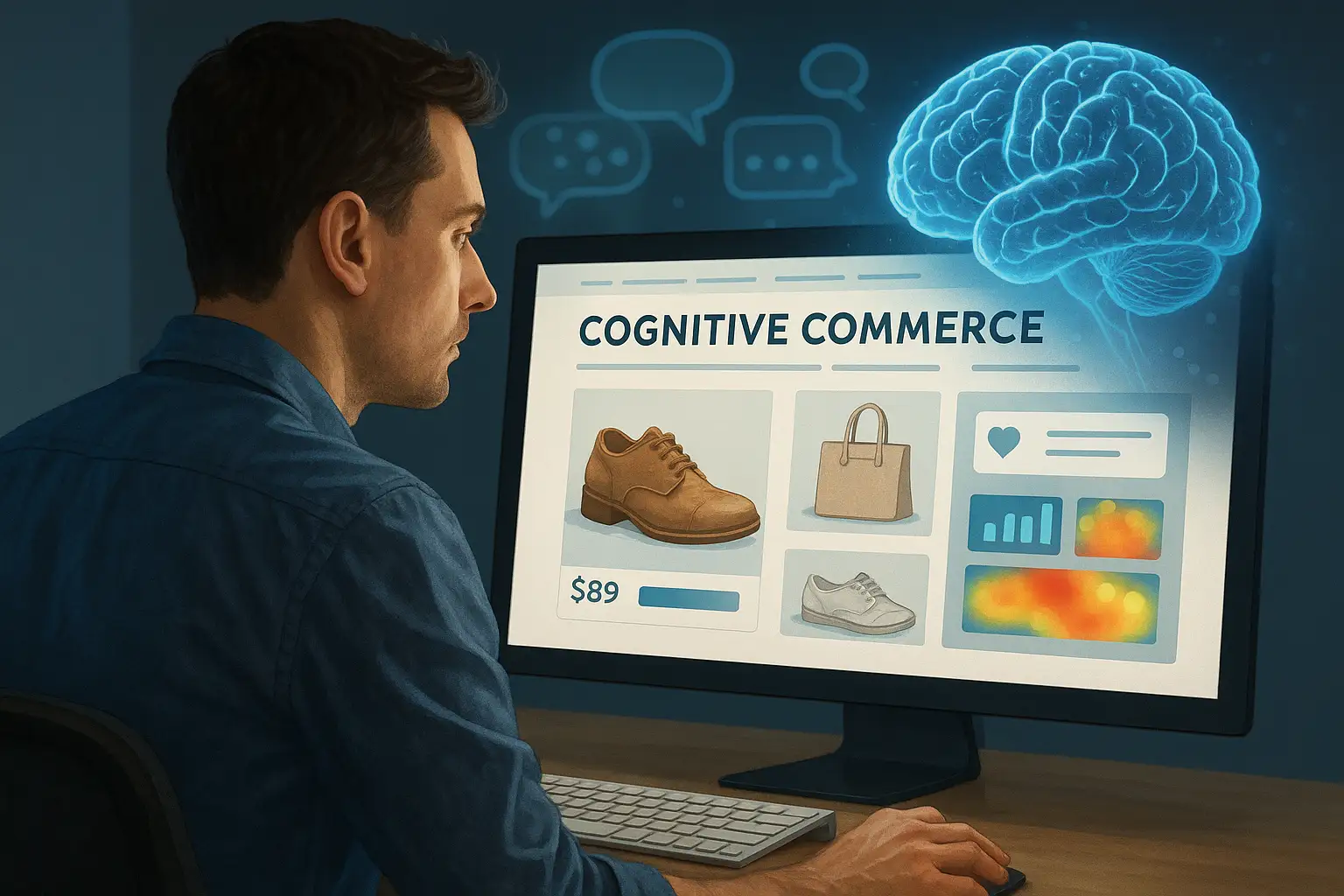
Cognitive Commerce: How AI Learns to Think Like Your Customers and Redefines Digital Shopping

Predictive UX: How AI Anticipates User Behavior Before It Happens

AI-Driven Product Innovation: How Intelligent Systems Are Transforming the Way Digital Products Are
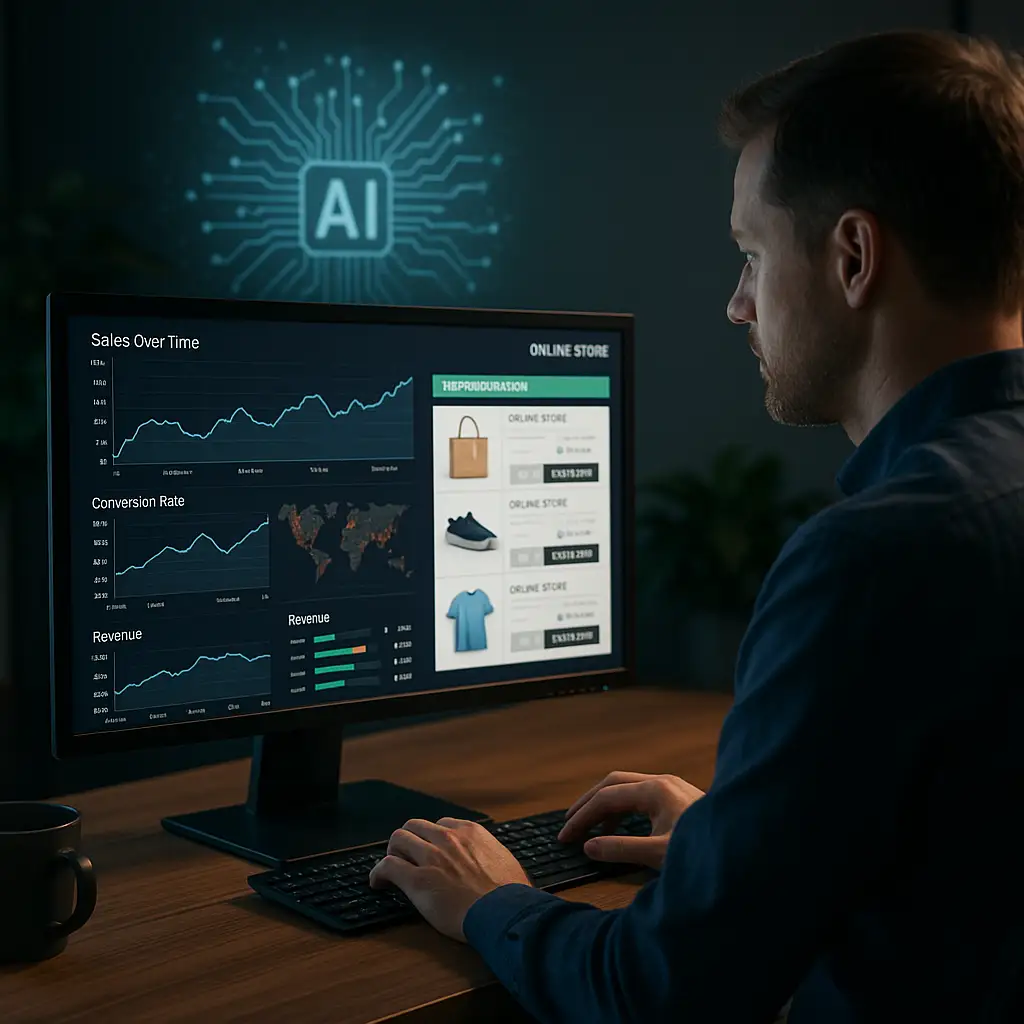
Adaptive Commerce: How AI-Driven Systems Automatically Optimize Online Stores in Real Time

Zero-UI Commerce: How Invisible Interfaces Are Becoming the Future of Online Shopping

AI Merchandising: How Intelligent Algorithms Are Transforming Product Discovery in Modern E-Commerce

Composable Commerce: How Modular Architecture Is Reshaping Modern E-Commerce and Marketplace Develop

Context-Aware Software: How Apps Are Becoming Smarter, Adaptive, and Environment-Responsive
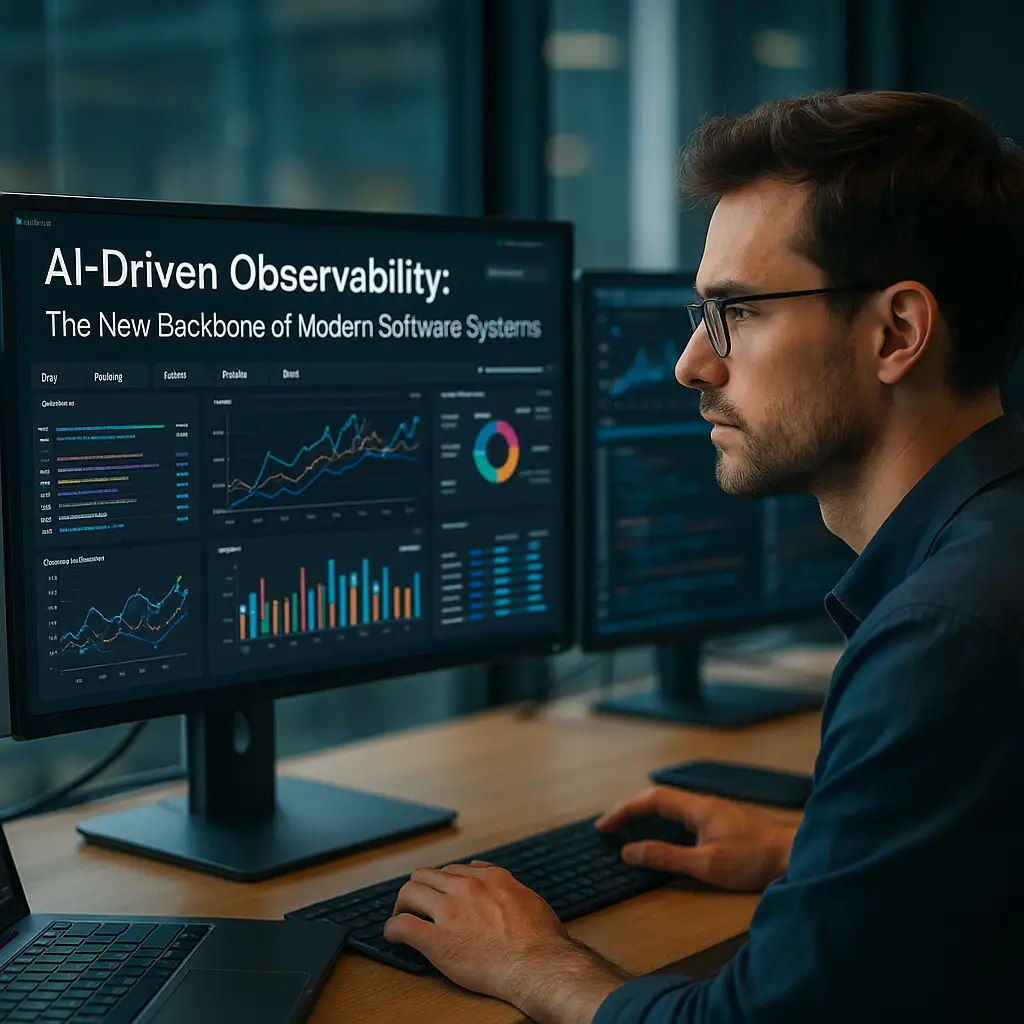
AI-Driven Observability: The New Backbone of Modern Software Systems

Hyper-Personalized Software: How AI Is Creating Products That Adapt Themselves to Every User
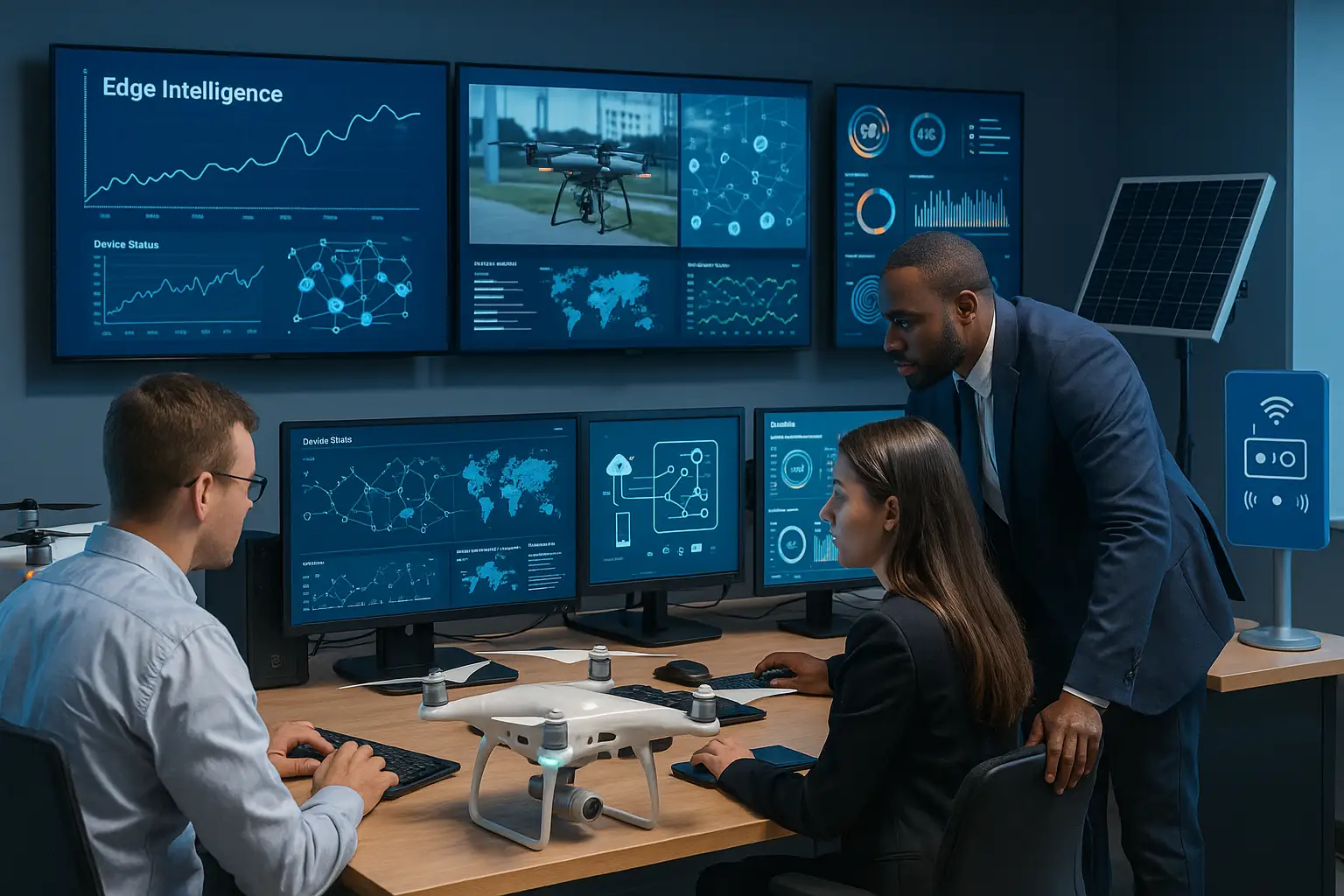
Edge Intelligence: The Future of Smart, Decentralized Computing

AI-Powered Cybersecurity: How Intelligent Systems Are Redefining Digital Defense

Modern Software: How Our Company Is Reshaping the Technology Landscape

From Digital Transformation to Digital Maturity: Building the Next Generation of Tech-Driven Busines
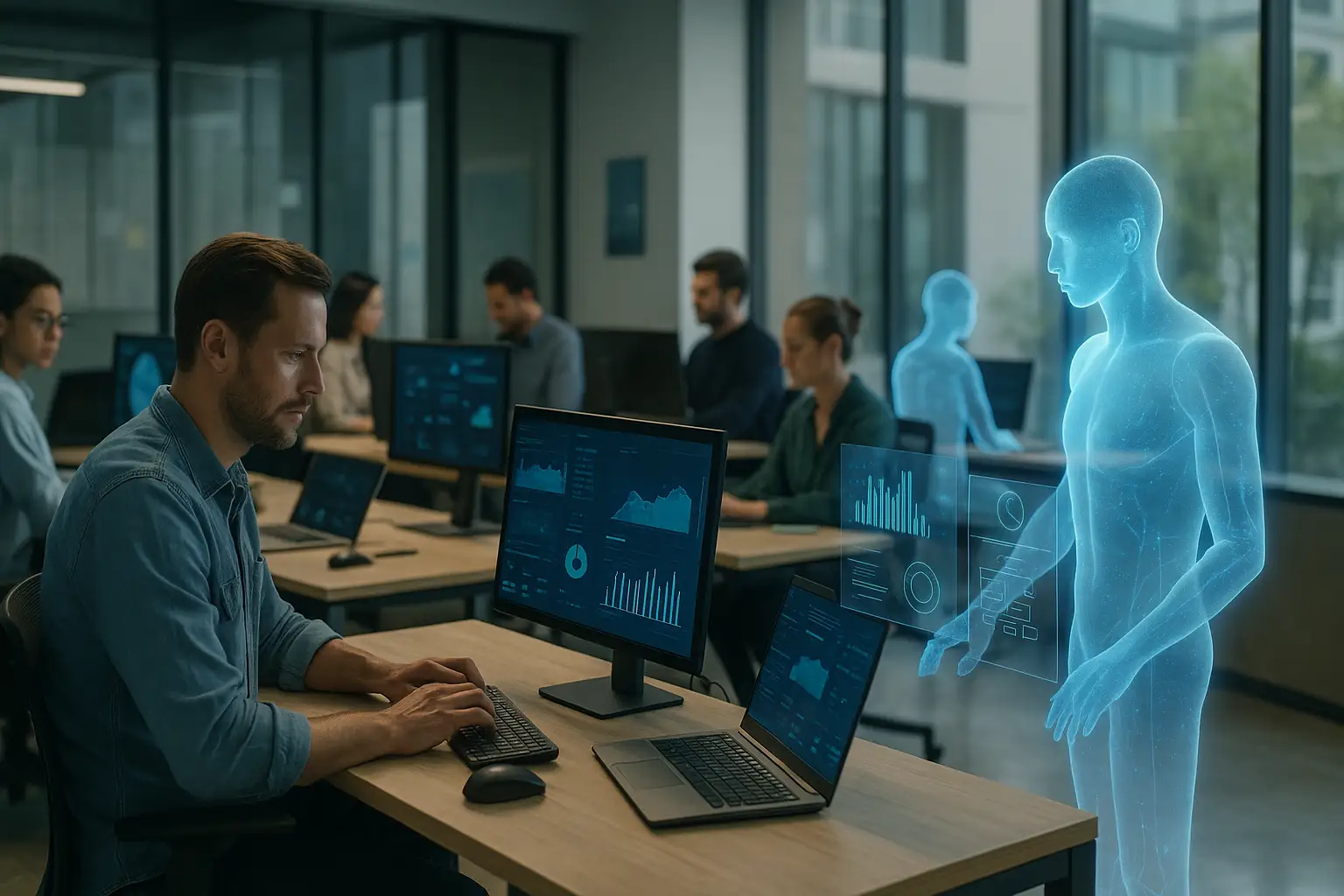
AI Agents: The Rise of Autonomous Digital Workers in Business and Software Engineering

Synthetic Data: The Next Frontier of AI and Business Intelligence

Quantum AI: How Quantum Computing Will Redefine Artificial Intelligence and Software Engineering

How Artificial Intelligence Is Transforming DevOps and IT Infrastructure
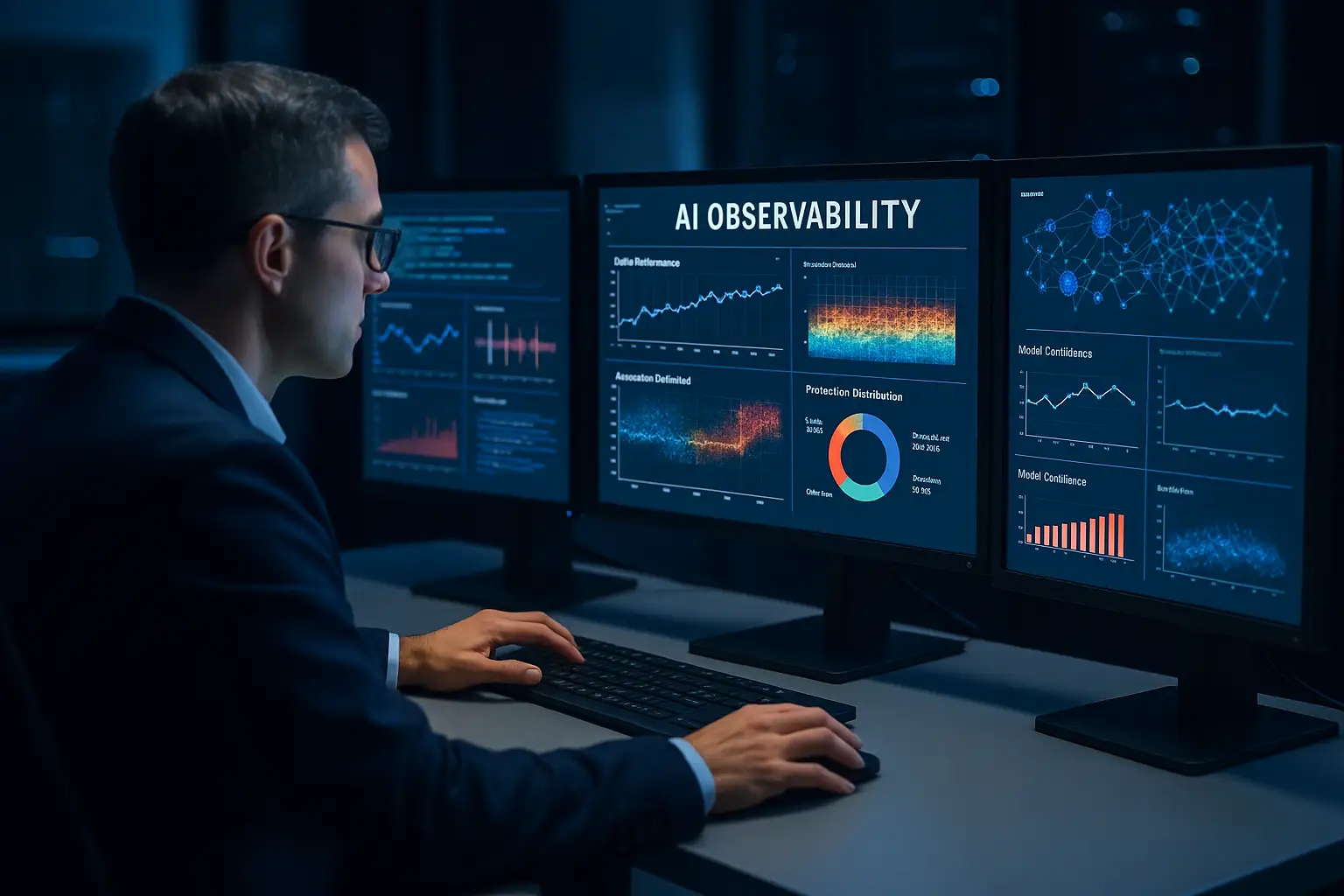
AI Observability in Production: Monitoring, Anomaly Detection, and Feedback Loops for Smart Applicat

Low-Code Revolution: How Visual Development Is Transforming Software and Marketplace Creation

Composable Marketplaces: How Modular Architecture Is the Future of Platform Engineering
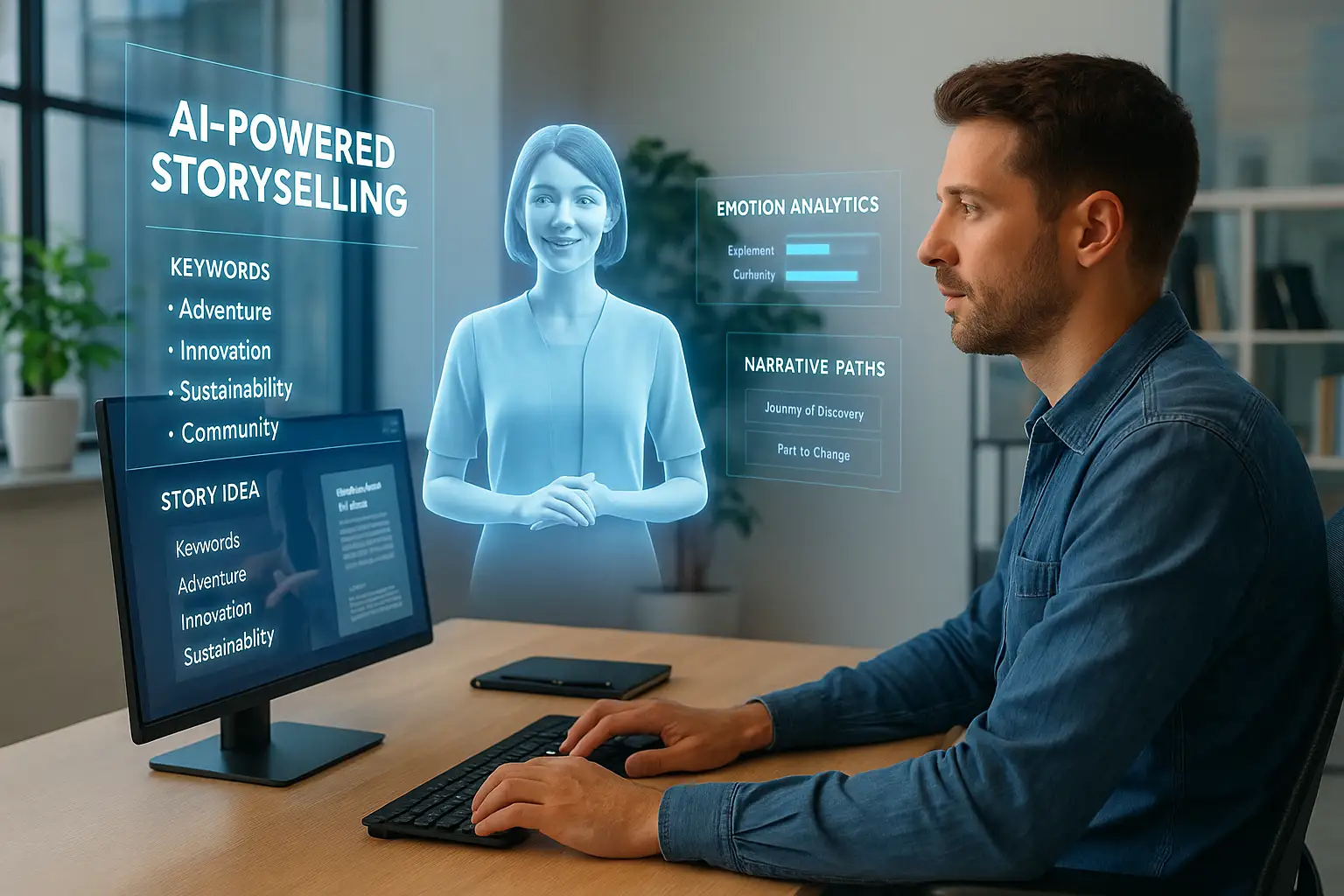
AI-Powered Storyselling: How Artificial Intelligence Is Reinventing Brand Narratives
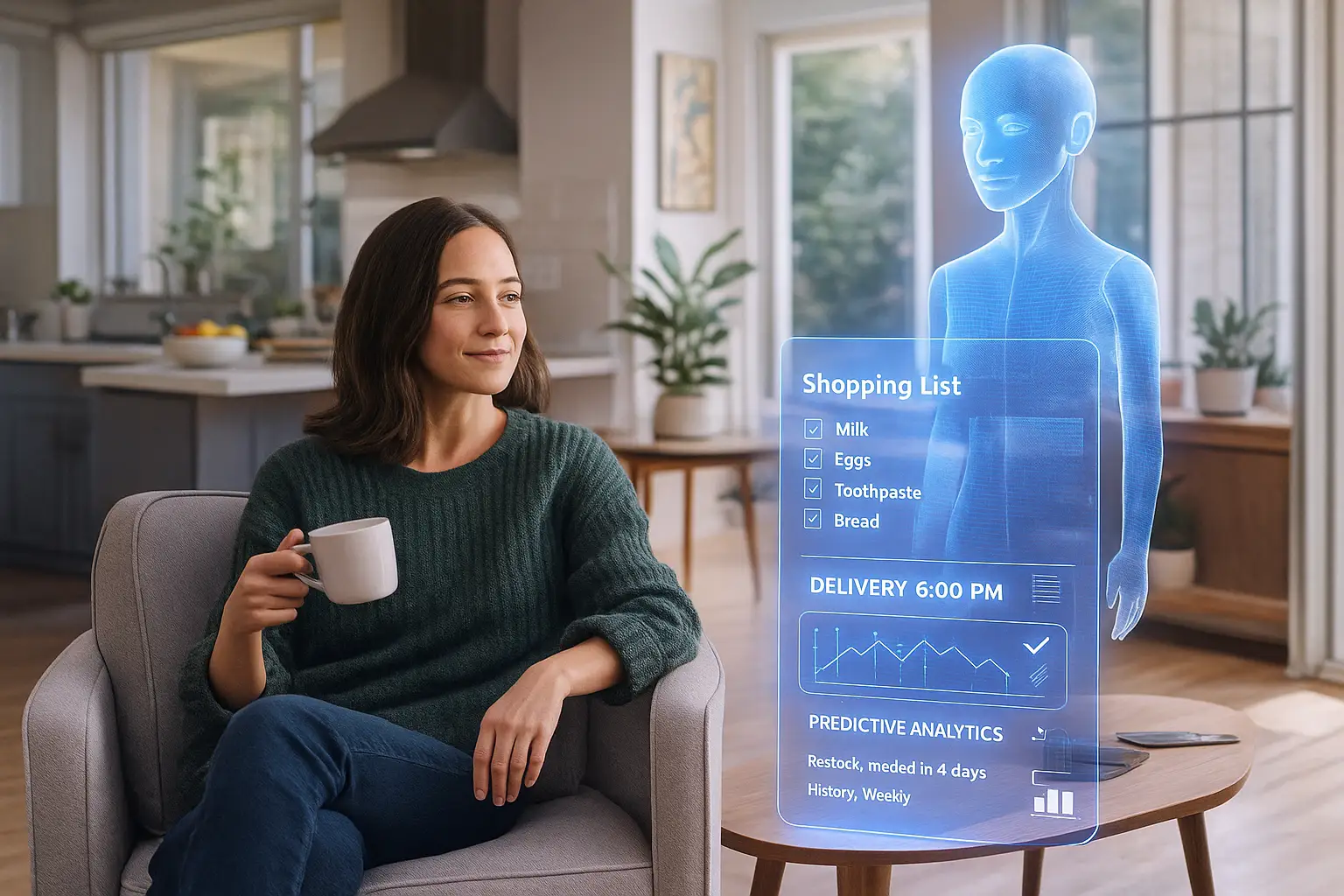
The Era of Invisible Commerce: How AI Will Make Shopping Disappear by 2030
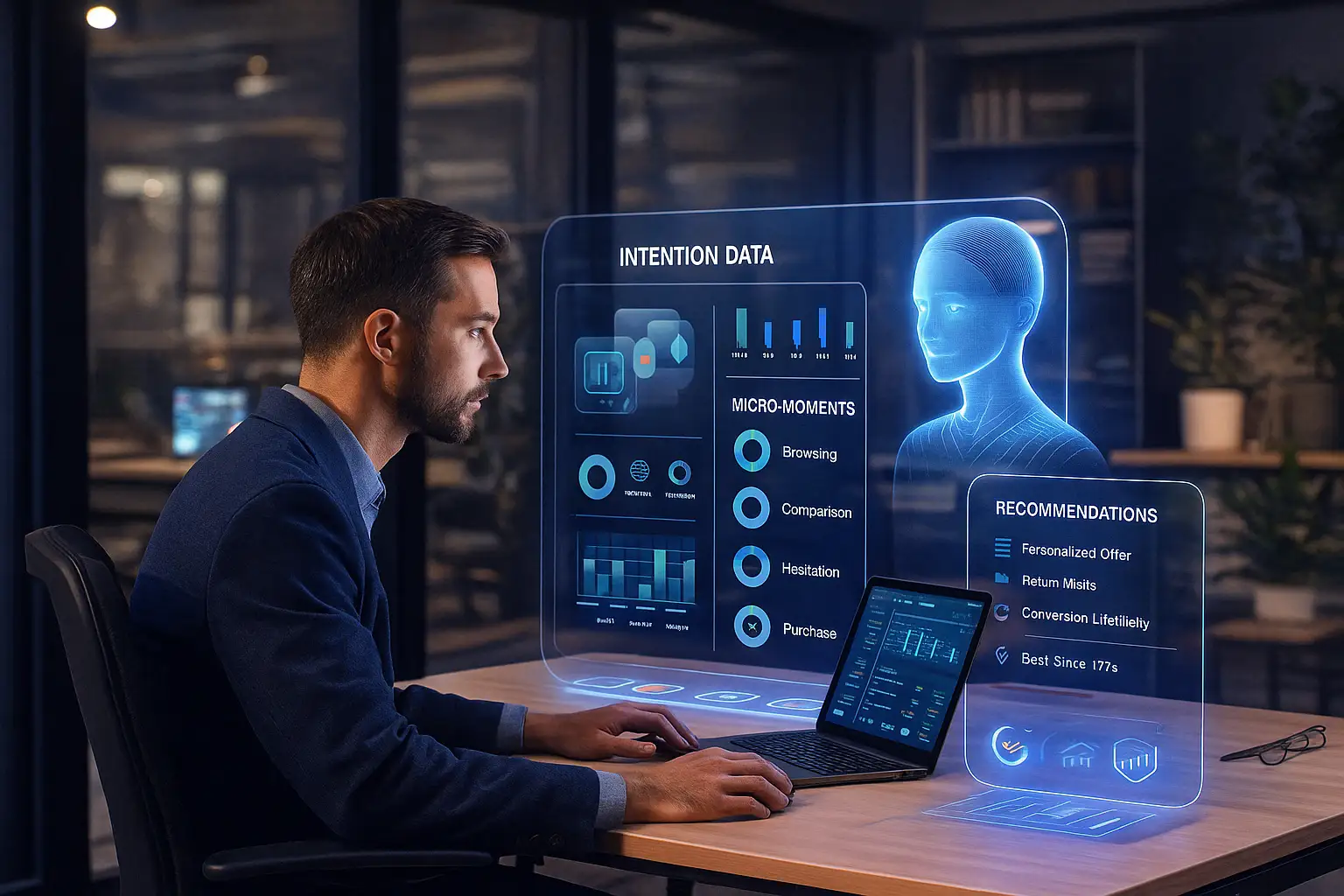
From Attention to Intention: The New Era of E-Commerce Engagement
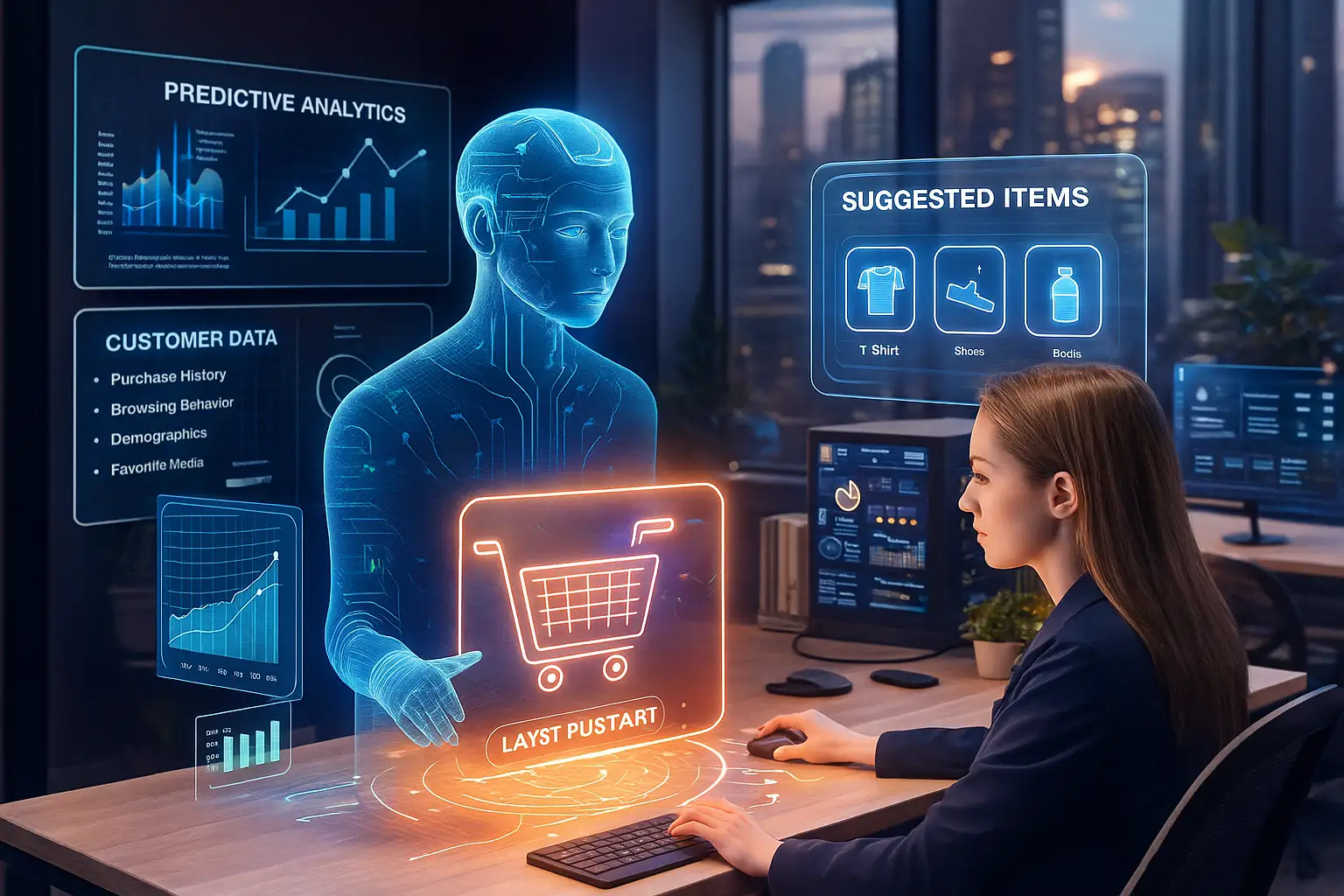
Predictive Commerce: How AI Can Anticipate What Your Customers Will Buy Next

Digital Trust 2030: How AI and Cybersecurity Will Redefine Safety in the Digital Age

Cybersecurity in the Age of AI: Protecting Digital Trust in 2025–2030
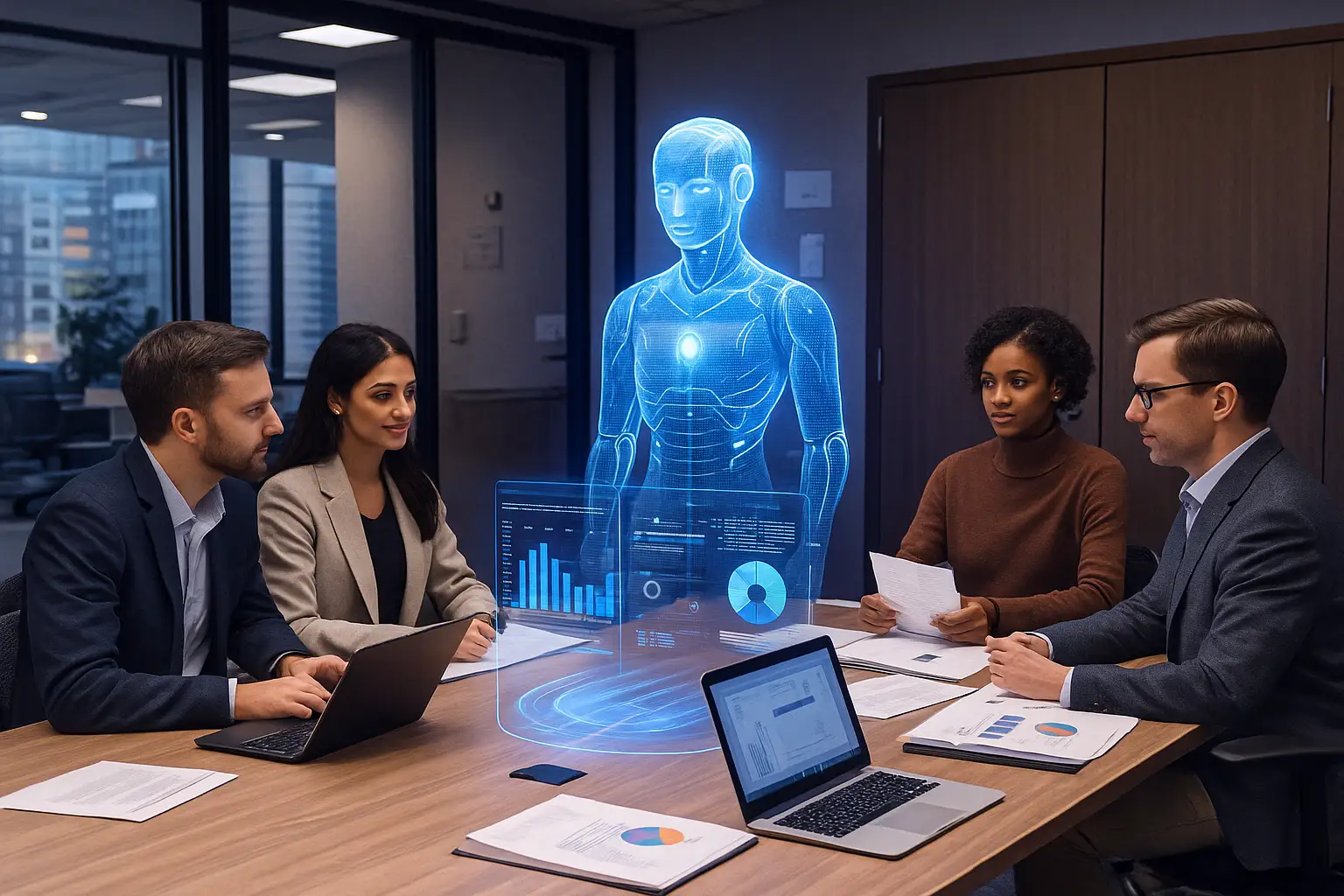
The Future of Work: Humans and AI as Teammates

Green IT: How the Tech Industry Must Adapt for a Sustainable Future

Emerging Technologies in IT: What Will Shape 2025–2030

Growth Marketing – A Fast-Track Strategy for Modern Businesses
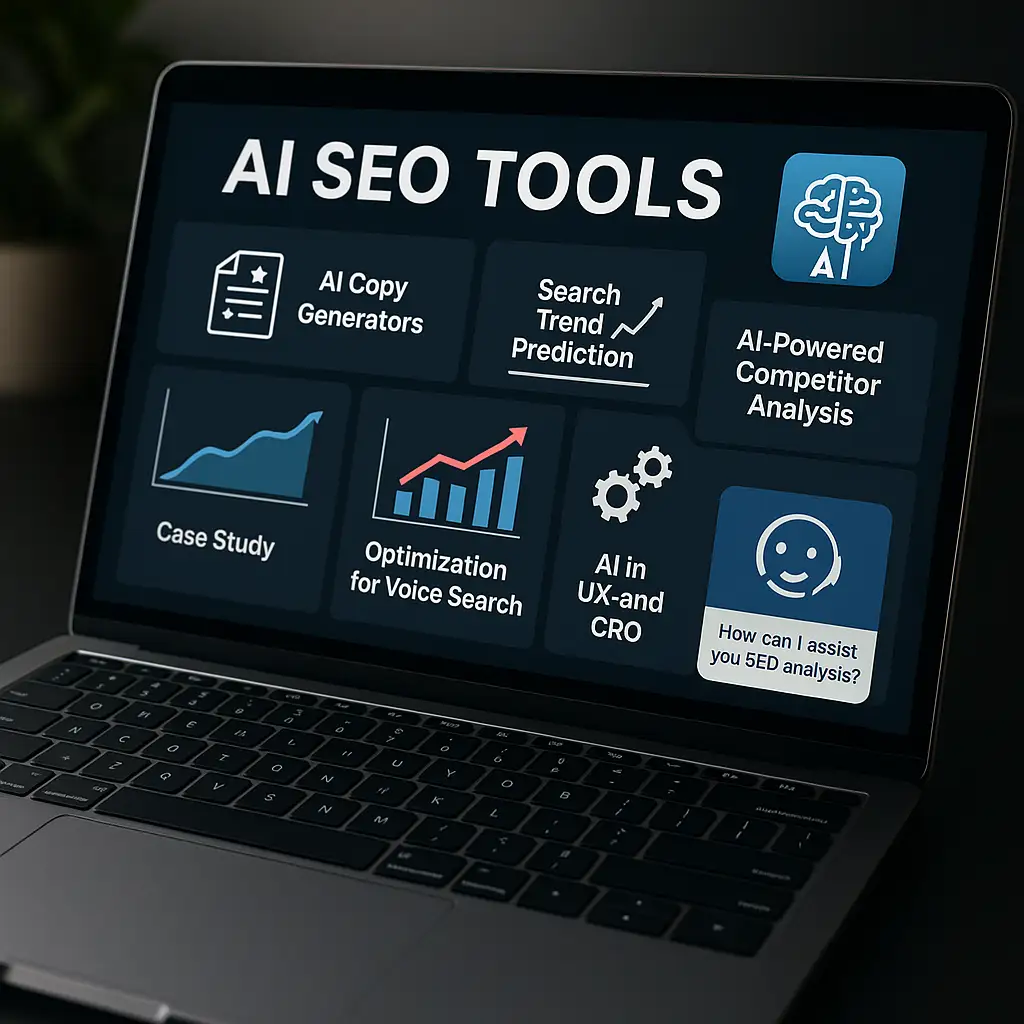
AI SEO Tools – 5 Technologies Revolutionizing Online Stores

AI SEO – How Artificial Intelligence Is Transforming Online Store Optimization

Product-Led Growth – When the Product Sells Itself

Technology in IT – Trends Shaping the Future of Business and Everyday Life

Marketplace Growth – How Exchange Platforms and E-commerce Build the Network Effect
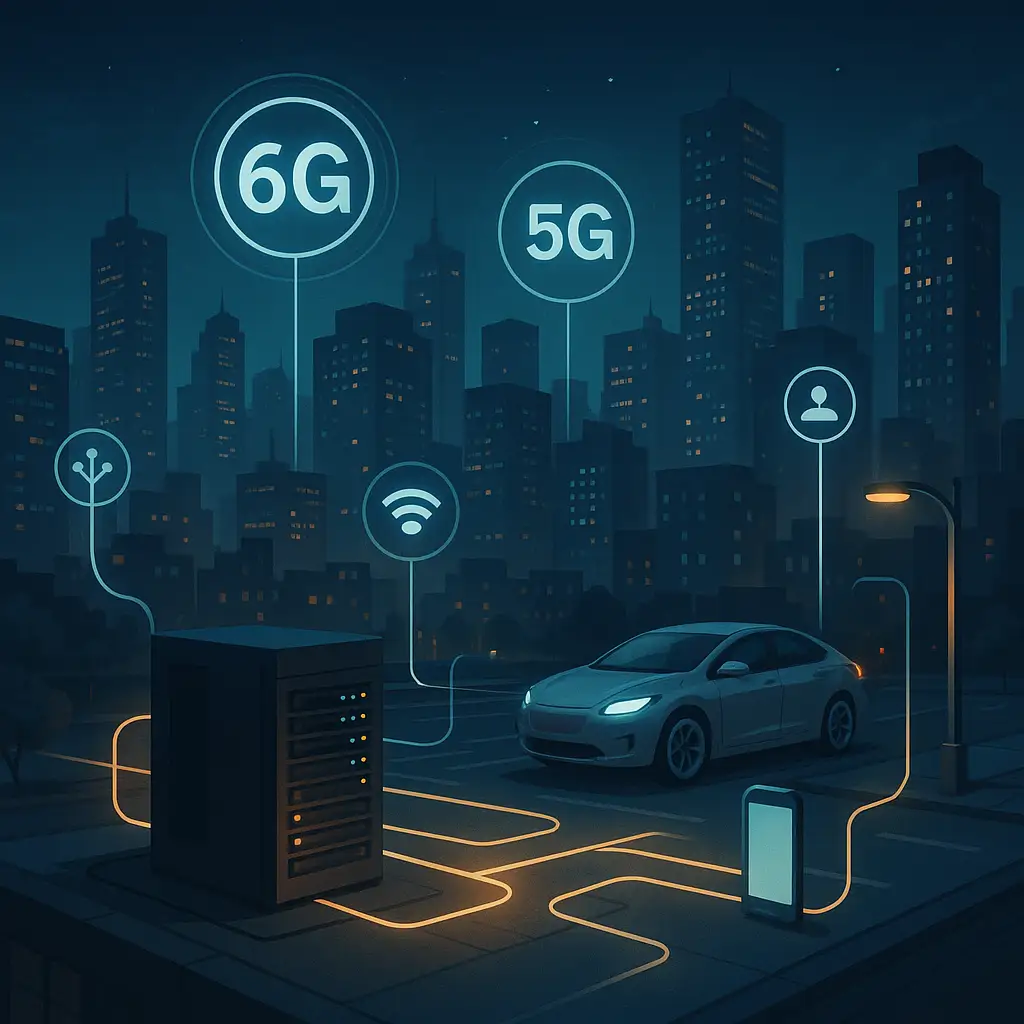
Edge Computing – Bringing Processing Power Closer to the User

Agentic AI in Applications – When Software Starts Acting on Its Own

Neuromorphic Computers and 6G Networks – The Future of IT That Will Change the Game

Meta Llama 3.2 – The Open AI That Could Transform E-Commerce and SEO
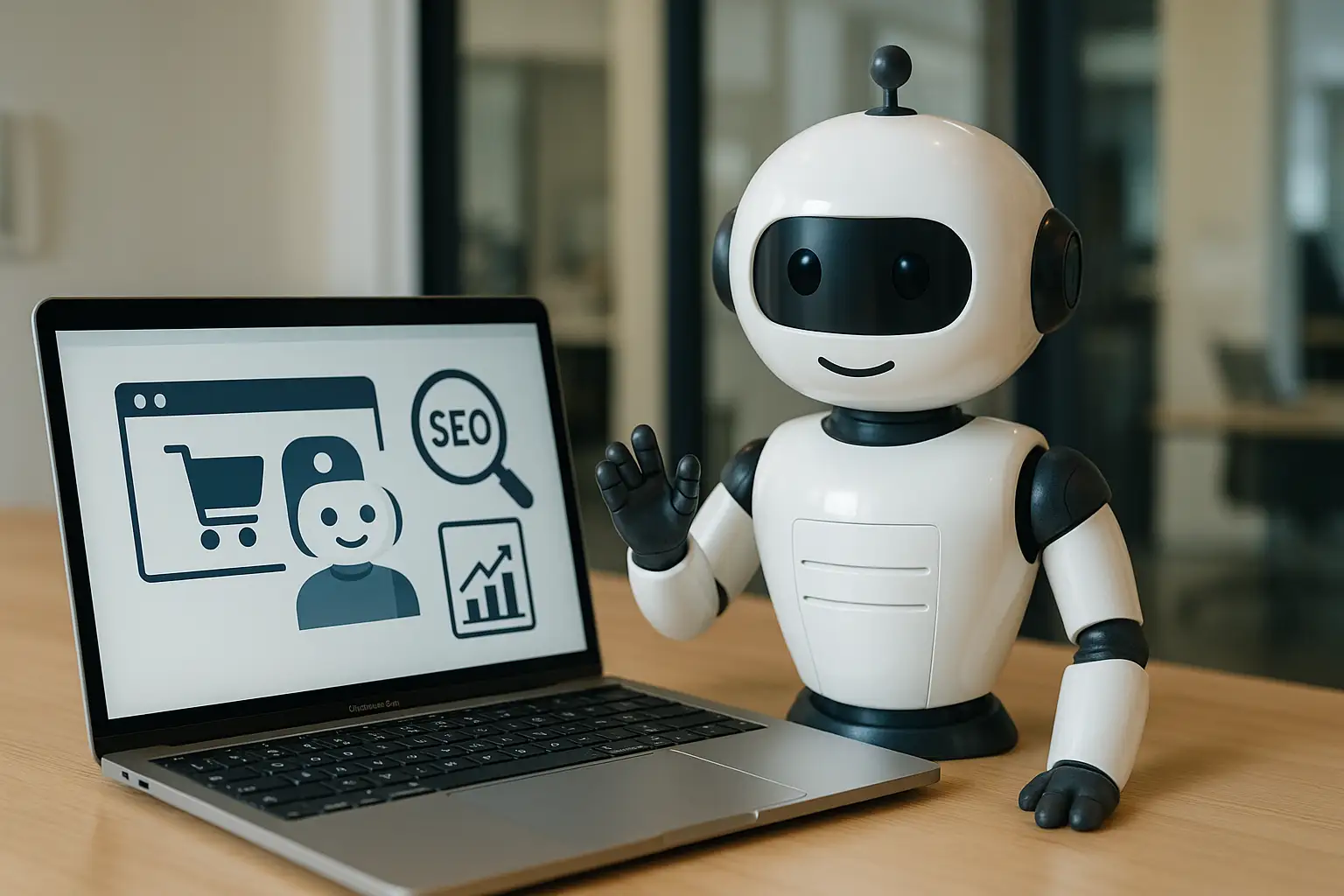
AI Chatbot for Online Stores and Apps – More Sales, Better SEO, and Happier Customers

5 steps to a successful software implementation in your company

Innovative IT solutions — why invest now?

Innovative software development methods for your business
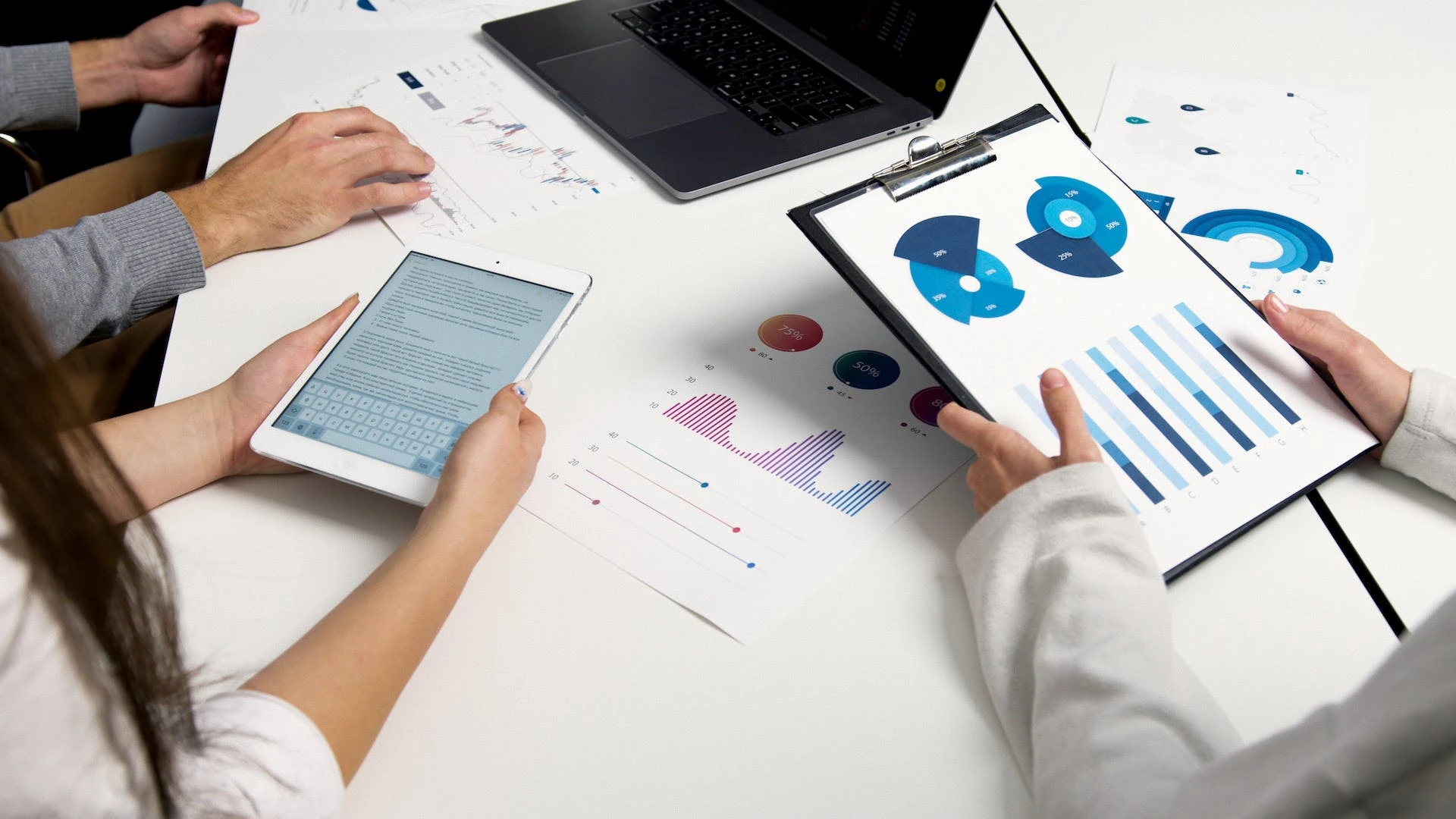
5 steps to successfully implement technological innovation in your company
